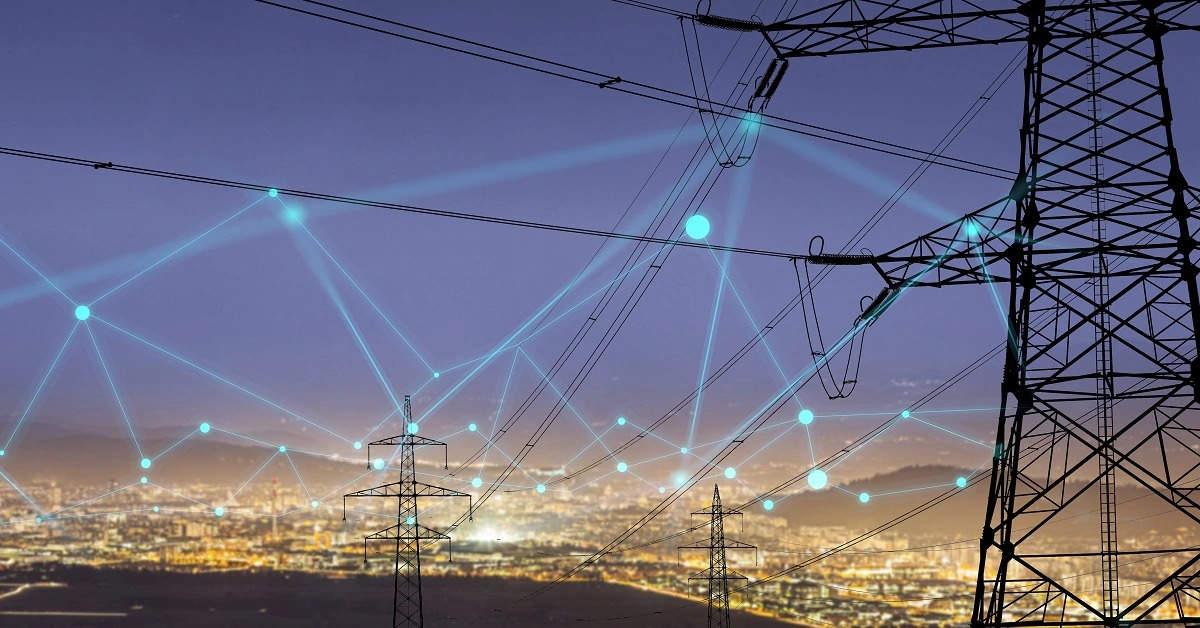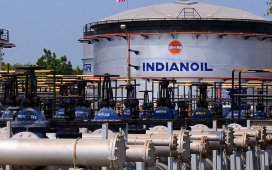
“The major load is likely coming from air conditioners contributing to peak power demand, especially in the evening,” said a government official, who did not wish to be identified.
The heatwave spell in eastern and southern peninsular India is expected to continue till May 6, according to the India Meteorological Department (IMD).
Thermal capacity availability has been a major source of relief, especially during non-solar hours, said another government official. The government’s directive to power plants not to undertake maintenance shutdowns during the summer season has helped make required thermal capacity available during non-solar hours, he added.
Out of the 217 GW thermal power installed capacity, a gross of 190 GW has been online, higher than last year’s 180 GW. Of the total electricity consumption, about 75% is being met through coal-based power. Capacity addition in conventional and green energy has added to the availability.
The government had directed fast-tracking of new capacity additions and utilisation of surplus power with captive generating stations for offering for sale on exchanges.”Solar power itself has grown. Last year the availability was 46-48 GW and now it has touched 52 GW,” the second official said.Usually, wind power availability in April is less, but it was “reasonably” good last month, the official said, adding that during non-solar hours there has been support from wind of around 6-8 GW recently. On April 30, wind capacity availability went up to 14.5 GW. Gas-based power has been exceeding 10.5 GW this summer, and flexibility of hydro generation to run during non-solar hours has helped.
The demand during non-solar hours is important because almost 45-50 GW of monitored capacity, which is available during the day, is out of the system in the evening. The gap is filled by ramping up thermal power and other sources like hydro.





